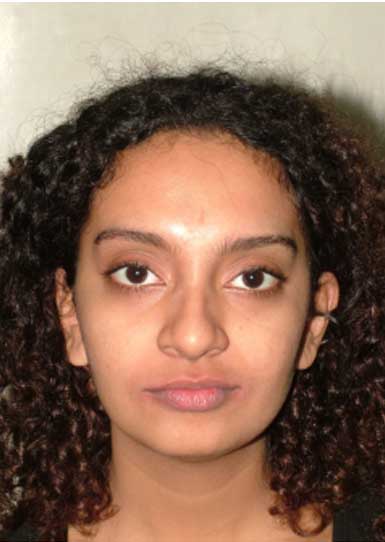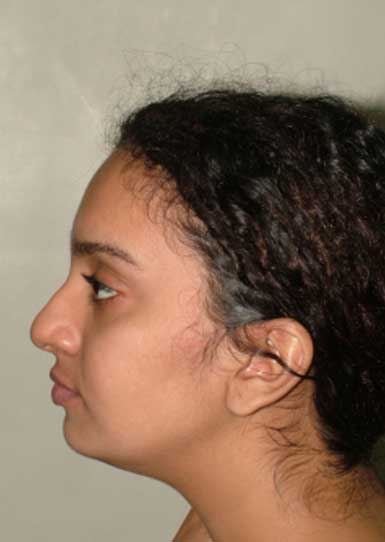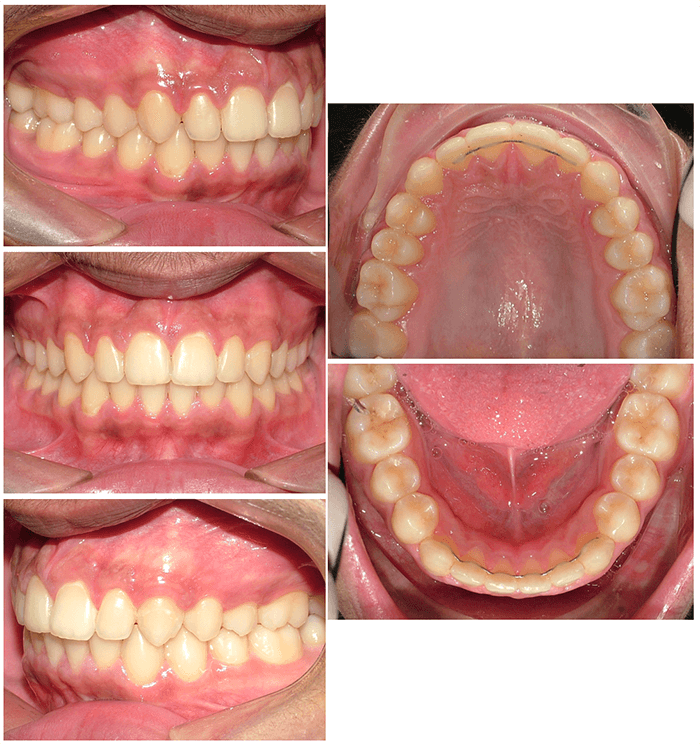Structural Arrangements Of Teeth and Face
The human face is made of basically three bony complexes –
These bony structures have a specific spatial relationship to each other depending on individual’s genetics and environmental influences on the growth and development of these structures.
Normally the upper jaw ( Maxilla) is slightly ahead of the lower jaw ( mandible) in front backward direction and it stays so during the growth and development of the jaws. Also there is a specific relationship between upper and lower jaw in vertical ( jaw length) and horizontal ( jaw width) direction. If there is disproportionate development of the jaws, these relationships appear to change. Such change in facial proportion should immediately be evaluated and necessary orthodontic treatment should be initiated.


The features of ideal permanent dentition are –
- Teeth arranged in individual arches in a smooth catenary curve
- Tight interproximal contacts and absence of spacing between teeth
- Absence of rotations and marginal ridges of posterior teeth should be vertically leveled
- Overlap of incisors – 1- 2 mm overjet and overbite
- Class 1 molar and canine relationship and ideal cusp to fossa relationship in posterior teeth
- Dental midlines of upper and lower teeth should be coincident with each other and with the facial midline
- Flat occlusal plane or a mild Curve of Spee and ideal Curve of Wilson
- Normal buccolingual and mesiodistal relationships of the roots
- Roots of the teeth should be parallel and lie centrally between labial and lingual cortices in both arches

If one or more of these features are missing in the dental arrangement, it may affect the function, esthetics, stability of the dentition in the long run. Orthodontic treatment helps to reestablish these normal features.

